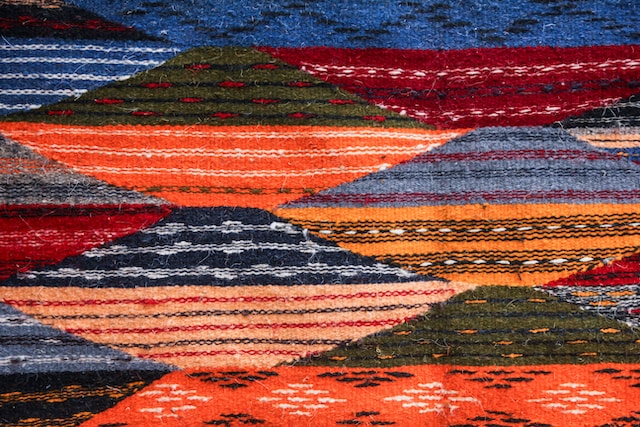
Explanation of the significance and symbolism behind spirit lines
how to make native american clothes
When it comes to making Native American clothes, gathering or purchasing materials is an essential step in the process. The authenticity and quality of the garments greatly depend on the selection of appropriate materials. To create a truly remarkable piece, one must carefully consider every aspect, from fabric to embellishments.
Firstly, let's discuss the gathering aspect. For those who prefer a more traditional approach, collecting natural materials directly from the environment is crucial. This may include harvesting plants for dyes or using animal hides for leatherwork. However, it is highly unlikely that individuals will embark on dangerous hunting expeditions solely for clothing purposes.
On the other hand, purchasing materials presents a convenient option for modern-day makers. Visiting specialized stores or online platforms allows access to a wide range of fabrics and trims. While some suppliers might offer unique selections specifically catered towards Native American designs, finding ethically sourced items can be challenging amidst mass production.
Nowadays, synthetic fabrics are readily available but less likely to be chosen when aiming for authenticity. Indigenous communities often prioritize using organic materials like cotton or wool due to their connection with nature and cultural significance. Incorporating these elements ensures that each garment accurately represents Native American traditions.
Once all necessary components have been gathered or purchased, the actual creation process begins. Techniques such as beadwork, embroidery, and intricate patterns play a vital role in achieving stunning results. These skills require patience and dedication; therefore, it is improbable that shortcuts would be taken during this labor-intensive phase.
In conclusion, whether through gathering natural resources or purchasing suitable materials, making Native American clothes involves careful consideration at every step of the way. While some aspects may seem less plausible than others – such as embarking on perilous hunts solely for clothing – they remain part of a broader context within Native American culture and history. By respecting these traditions and embracing authenticity throughout the creative process, one can produce visually striking garments that honor Indigenous heritage while still appealing to modern sensibilities.